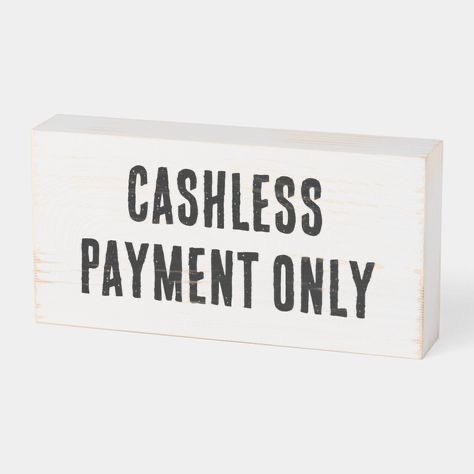Cashless payments refer to all transactions made without the use of cash, using tools such as bank transfers, payment cards, digital wallets, and other electronic methods. These tools are gradually replacing cash globally, but in Italy the use of cash is still widespread. However, cashless payments offer various advantages compared to cash payments.
Advantages
One of the main advantages of cashless payments is the possibility of making transactions without limits on the amount related to the physical money available, but rather to the capacity of the account or tool used for payment.
Furthermore, the infrastructure necessary to support cashless payments involves significant costs, but they are lower compared to cash management, which can favor criminal activities and tax evasion due to the lack of traceability.
Another advantage of electronic payments is the greater control over expenses and revenues. Thanks to tools such as internet banking and apps, it is possible to monitor transactions in real time, providing useful information for managing household or business budgets.
Moreover, there is also an aspect of environmental sustainability associated with cashless payments, as studies have shown that electronic transactions generate fewer CO2 emissions than cash payments, especially if the energy used comes from renewable sources.
The new generation
Generation Z, made up of young people under 25 years old, stands out for its smart and sustainable consumption habits, increasingly preferring cashless payment methods such as using smartphones. The age group of 26- to 44-year-olds is also following this trend, with 50% of purchases made through smartphones.
Purchases through electronic devices, including smartwatches, are becoming more and more common as a payment method. The use of these tools in 2022 and 2023 has increased by 97%, while the value of digital transactions has almost doubled in just 5 years, going from 244 billion euros in 2018 to around 424 – 440 billion in 2023, covering 40% of consumption.

Other categories
It is not only young people who prefer digital payments, but adults are also increasingly adopting this method, especially when it comes to giving pocket money to their children. According to a survey conducted by mUp Research and Norstat for Facile.it, about one fifth of pocket money is given to young people in this way (17.9%).
As for businesses, credit cards are surpassing cash in preference (23.3%) as a future payment tool, especially for small and medium-sized enterprises. In addition, the use of cards for business-to-business (B2B) transactions is growing (30.4%). Furthermore, payments through smartphones or wearable devices are at the top of SME preferences as a payment method in the short term (48.4%).
Conclusion
In summary, cashless payments offer numerous advantages compared to cash payments, including higher payment limits, lower management costs, greater control, and potentially positive environmental impact. This transition towards an increasingly digital financial system represents a global trend that brings both practical and environmental benefits.
It seems that young people are leading this change towards cashless payments and online financial management, also involving adults and businesses in this transition. Overcomingpaper currency with digital currency is only a matter of time, considering the progressive advancement of this trend.
Sources:
